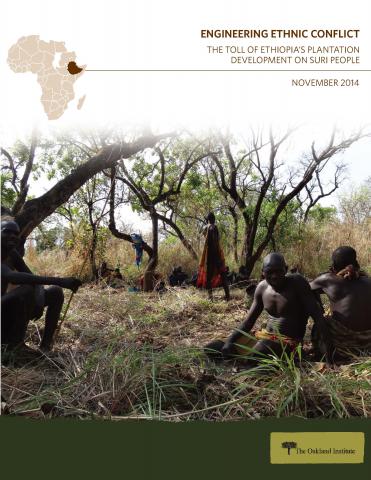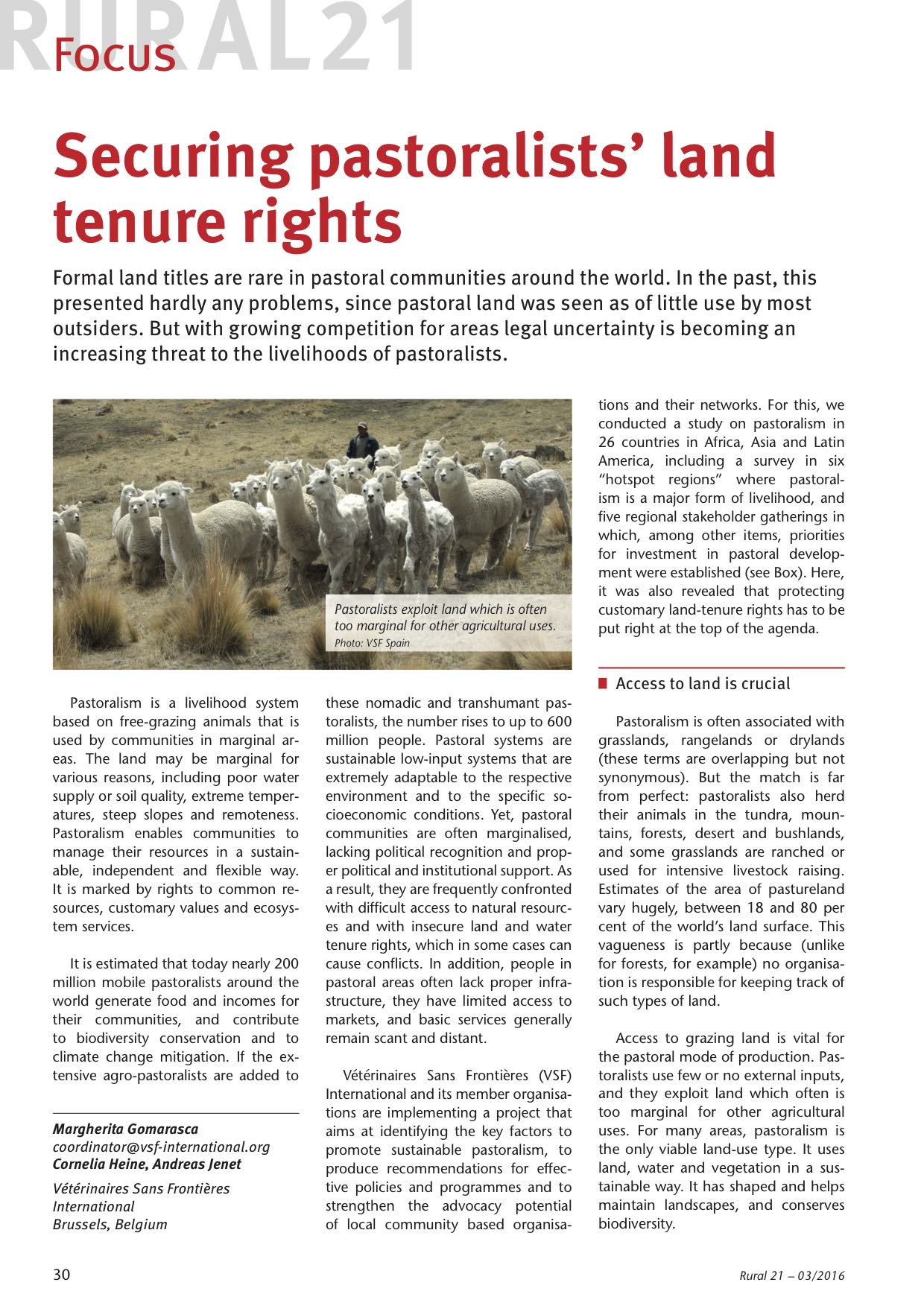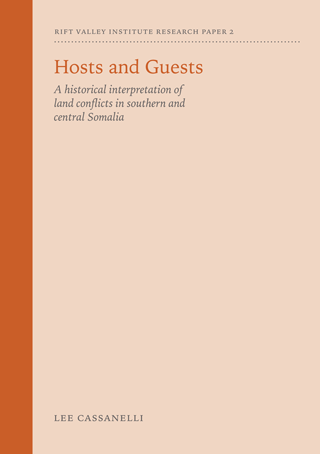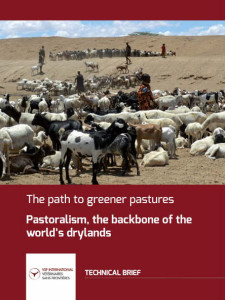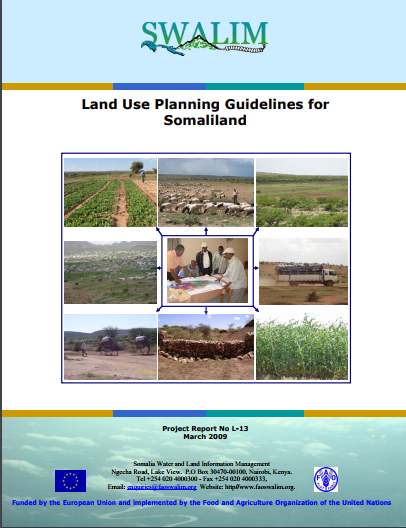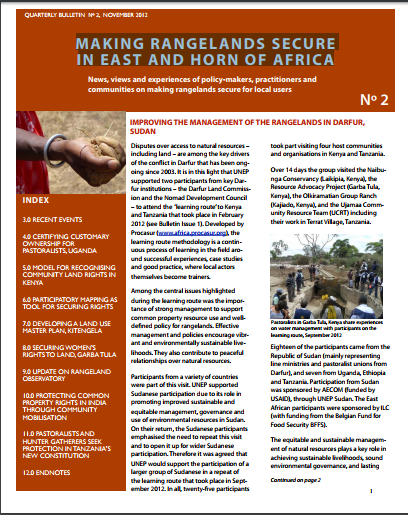Risk, Resilience, and Pastoralist Mobility
Based on new evidence from Darfur, this report presents a scientifc account of the environmental principles of pastoralist livestock mobility, combined with a review of other key infuences on livestock movements throughout the year. Our goal is to provide policy makers and other stakeholders with an objective account of what mobile pastoralists in Darfur can achieve, how they do it, and what they might need to do it better.


